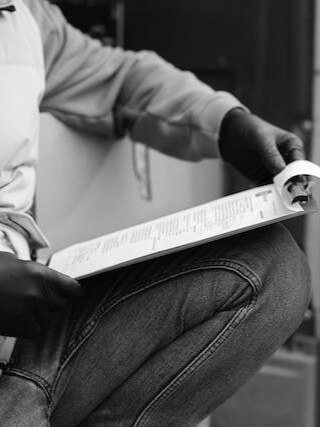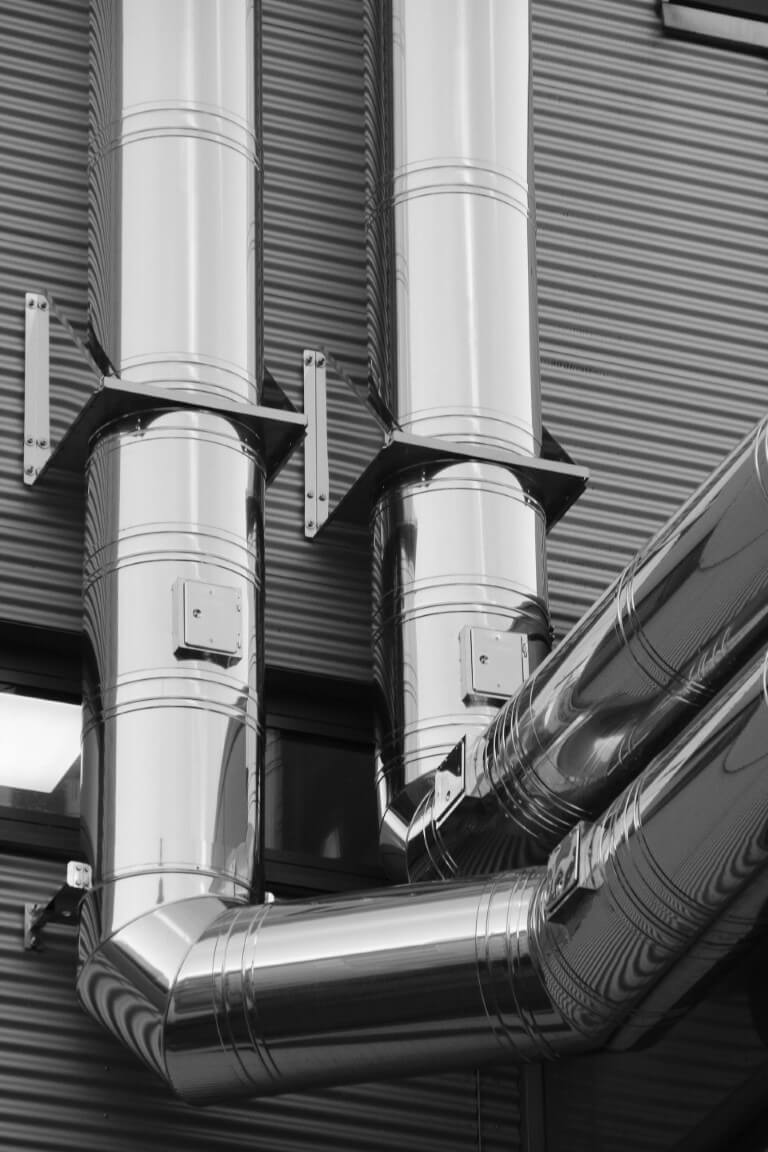
Compliance and regulation
Health and compliance checks for extraction systemsMicronair is committed to upholding Australian standards in the design and implementation of our dust and fume extraction systems. Central to these standards is AS/NZS 4745:2012, which is the Code of Practice for Handling Combustible Dusts. This essential standard offers detailed guidance on mitigating risks associated with combustible dusts across various industries. It encompasses critical areas such as risk assessment, safety protocols, design principles for plants and strategies for emergency management, all aimed at ensuring the safe and effective management of combustible dusts. Additionally, our processes are in line with AS/NZS 60079 series regarding electrical equipment in hazardous areas, AS 2985, and AS 3640, which pertain to workplace atmosphere sampling. These standards are integral to our dedication in delivering solutions that are safe, efficient and fully compliant.
Compliance with Standards and Regulations
Australia has established stringent standards and regulations pertaining to dust and fume emissions to safeguard the health and well-being of workers and the environment. There are several standards which outlines the selection, use and maintenance of respiratory protective equipment. Additionally, AS/NZS 60079 series focuses on explosive atmospheres, and AS/NZS 2243.8 provides guidelines for the control of airborne contaminants.
Micronair consultants and installers are well-versed in these standards and ensure that the dust and fume extraction systems they design and install align with the specific requirements outlined in these documents. By adhering to these standards, companies not only fulfill legal obligations but also contribute to creating a safer and healthier workplace. Micronair consultants are here to help provide a ‘health check’ on any dust and fume extraction system and provide a compliance report.

Legal Compliance
The primary benefit of engaging consultants and installers in dust and fume extraction systems lies in achieving and maintaining legal compliance. Failure to comply with Australian standards can result in hefty fines, legal actions, and reputational damage. Consultants ensure that systems are designed and implemented in accordance with these standards, mitigating the risk of non-compliance.
Worker Health and Safety
Dust and fume extraction systems are essential for protecting workers from exposure to hazardous airborne particles. Consultants assess the specific needs of a workplace, considering the type of contaminants produced and the processes involved, to design systems that effectively capture and remove pollutants. This not only reduces the risk of respiratory illnesses but also creates a safer working environment, boosting employee morale and productivity.
Operation Safety & Efficiency
Well-designed dust and fume extraction systems can contribute to improved operational efficiency. By preventing the buildup of contaminants, these systems help maintain the performance of machinery and equipment, reducing downtime and maintenance costs. This proactive approach enhances overall productivity and prolongs the lifespan of capital assets
Risks, Hazards and Mitigation

Dust and fumes generated in industrial processes can pose severe health risks to workers, ranging from respiratory issues to chronic diseases. A well-designed extraction system minimizes exposure, mitigating the health risks associated with prolonged contact with airborne contaminants.
Certain industrial processes create dust or fumes that are flammable or explosive. Failure to manage these hazards properly can lead to catastrophic consequences. Dust and fume extraction systems, designed in accordance with AS/NZS 60079, help mitigate the risk of fire and explosion by removing combustible materials from the air.
Non-compliance with Australian standards can result in regulatory penalties, fines, and legal actions. Engaging consultants ensures that companies are aware of and adhere to the relevant standards, minimizing the risk of facing legal consequences.
Inadequate control of airborne contaminants can lead to machinery breakdowns and operational disruptions. A well-implemented dust and fume extraction system prevents the accumulation of pollutants, reducing the likelihood of unexpected downtime and associated financial losses.
Dust and fume extraction systems play a crucial role in helping companies meet compliance and regulatory requirements in Australia. By aligning with established standards, businesses can enhance worker health and safety, improve operational efficiency and minimize the risks associated with industrial processes. The proactive approach to managing compliance of dust and fume emissions not only fulfills legal obligations but also reflects a commitment to creating a sustainable and responsible business environment.